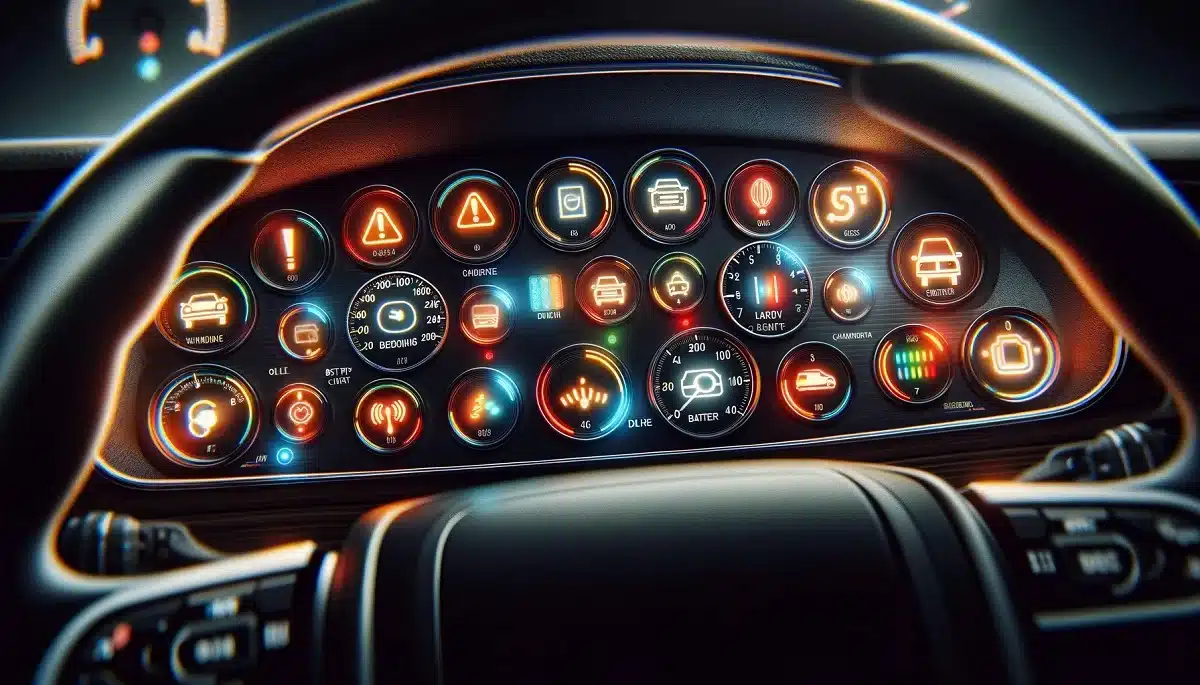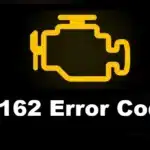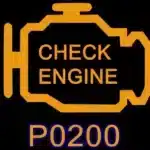The P0100 error code indicates an issue with the Mass Air Flow (MAF) sensor and is typically detected by the vehicle’s Engine Control Unit (ECU). This code shows that the data from the air flow sensor is not within the expected range, causing the engine to struggle in adjusting the air/fuel mixture correctly. As a result, problems like decreased engine performance, reduced fuel efficiency, and increased emissions can occur. Early diagnosis and correction of the P0100 code are critical to prevent more serious engine problems.
What is the P0100 Error Code?
The P0100 code is a generic code used in OBD-II vehicle diagnostic systems and may appear in various brands including Toyota, Nissan, Mercedes Benz, Ford, and many others. Specific repair steps can vary depending on the make and model.
The MAF sensor is located in the air intake system and measures the amount and density of the air entering the engine. It calculates the total air volume by measuring only a portion. The Powertrain Control Module (PCM) uses this information to optimize combustion efficiency and adjust the fuel mixture.
The P0100 code is triggered when the PCM detects that the frequency signal from the MAF sensor is outside the normal range. This can indicate a problem with the sensor itself or the connected circuit. Some MAF sensors also provide air temperature information to further optimize engine operation.
P0100 Error Code and Related Codes
The P0100 code indicates a general issue with the mass air flow (MAF) sensor. Related MAF circuit error codes include:
- P0101: Mass or Volume Air Flow “A” Circuit Range/Performance Problem
- P0102: Mass or Volume Air Flow “A” Circuit Low Input
- P0103: Mass or Volume Air Flow “A” Circuit High Input
- P0104: Mass or Volume Air Flow “A” Circuit Intermittent
Possible Symptoms of the P0100 Error Code
Symptoms that may arise with a P0100 error code include:
- The Malfunction Indicator Light (MIL) turning on, signaling an issue with the vehicle.
- Rough engine operation, making the vehicle unstable.
- Black smoke from the exhaust, indicating a combustion problem.
- Engine stalling or difficulty starting, often directly related to MAF sensor issues.
Additionally, the vehicle may experience various performance issues or sometimes show no noticeable symptoms.
Possible Causes of the P0100 Error Code
The P0100 error code can be triggered by several factors, including:
- Dirty or clogged MAF sensor: Dust and dirt from the air filter can contaminate the sensor over time.
- Faulty MAF sensor: Mechanical or electronic faults in the sensor can cause incorrect air flow readings.
- Air intake leaks: Leaks in the intake manifold can lead to inaccurate MAF sensor readings.
- Electrical issues with the MAF sensor: Problems such as open circuits, short circuits, or loose connections in the sensor wiring.
- Presence of additional error codes: P0100 often appears with other codes related to ignition system failures or oxygen sensor problems. These should be considered during diagnosis.
P0100 Error Code Diagnosis and Repair Guide
To diagnose and repair the P0100 error code, follow these steps:
Inspect the MAF Sensor and Connections
Visually inspect the MAF sensor wiring and connectors. Ensure that the connections are secure and that wires are not exposed to hot engine parts or moving components.
Check the Air Intake System
Inspect the entire air intake system for leaks. Air leaks can cause the engine to draw unexpected air, leading to faulty MAF sensor readings.
Examine the MAF Sensor
Check the MAF sensor elements for contamination such as dirt, oil, or dust. If dirty, carefully clean the sensor using a MAF sensor cleaner spray.
Replace the Air Filter
If the air filter is excessively dirty or clogged, replace it with a new original equipment manufacturer (OEM) filter to ensure proper air flow.
Inspect for Vacuum Leaks
Check for vacuum leaks that may exist after the MAF sensor. Vacuum leaks can also cause incorrect air flow readings.
Monitor Live Data
Use an OBD-II scanner to monitor live data from critical sensors such as the MAF and O2 sensors. Live data helps determine whether sensors are functioning properly.
Check Technical Service Bulletins (TSB)
Search for Technical Service Bulletins (TSBs) relevant to your vehicle’s make and model. TSBs may provide information on known issues and recommended fixes for specific trouble codes.
Replace the MAF Sensor
If all checks and cleanings do not resolve the issue, replace the MAF sensor with an OEM part. Using original manufacturer parts is often more reliable than aftermarket alternatives.
Note: If your vehicle uses a reusable oiled air filter, excessive oiling can build up on the MAF sensor and affect its operation. Ensure that the filter is correctly oiled and excess oil is removed.





